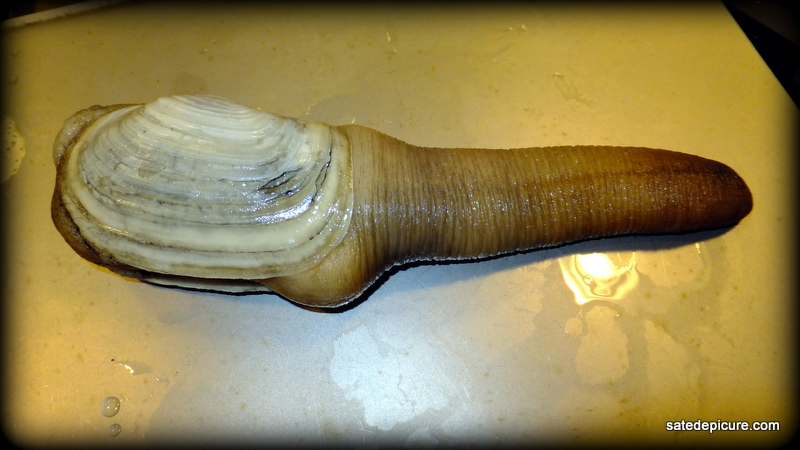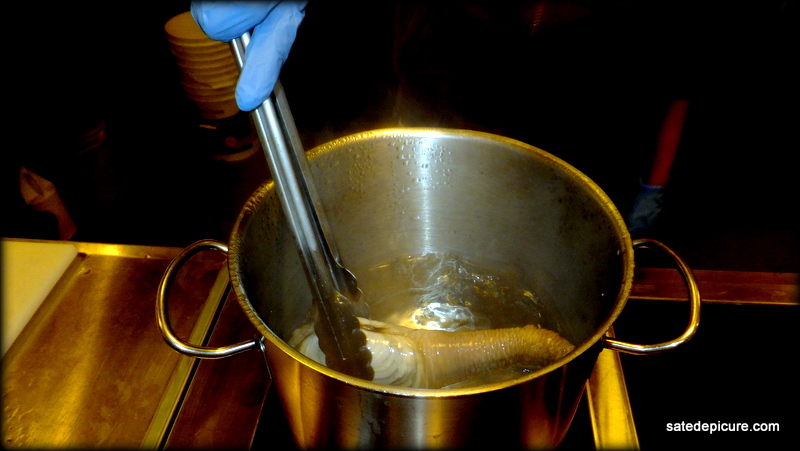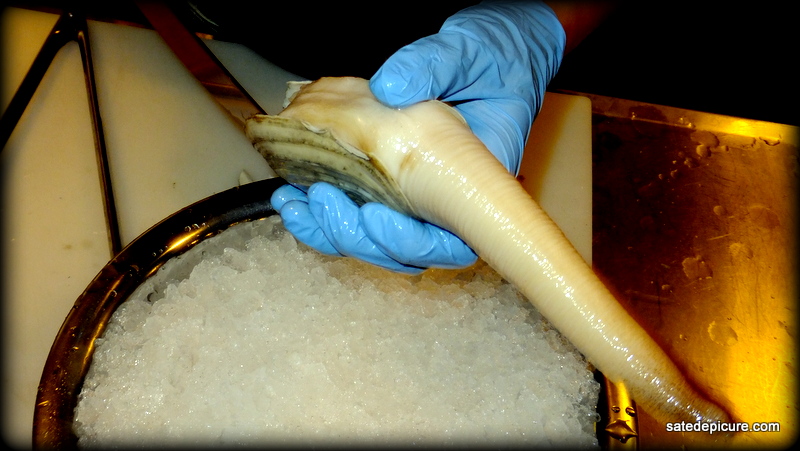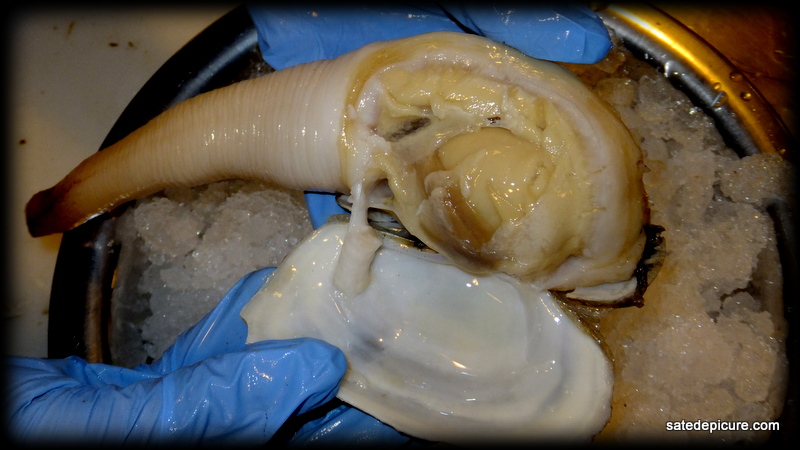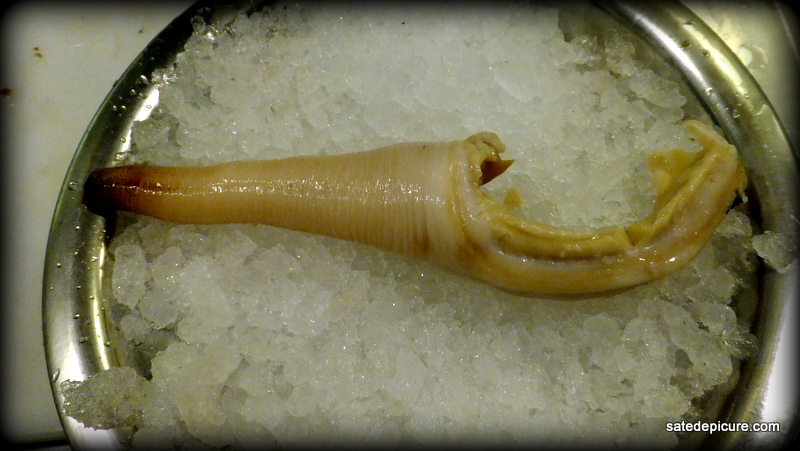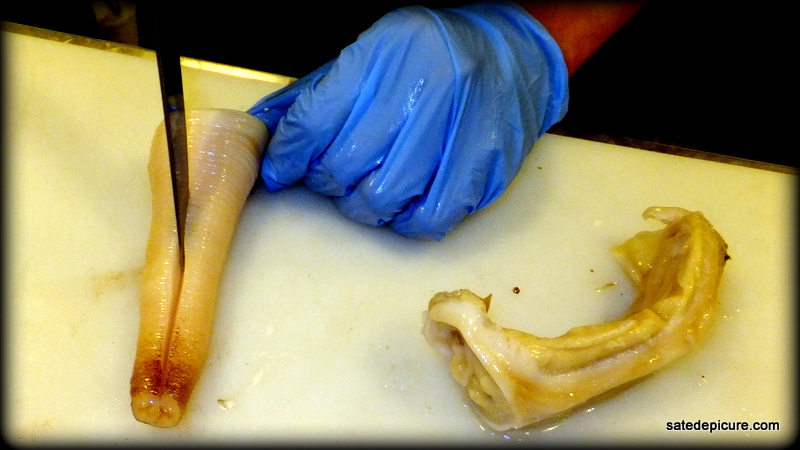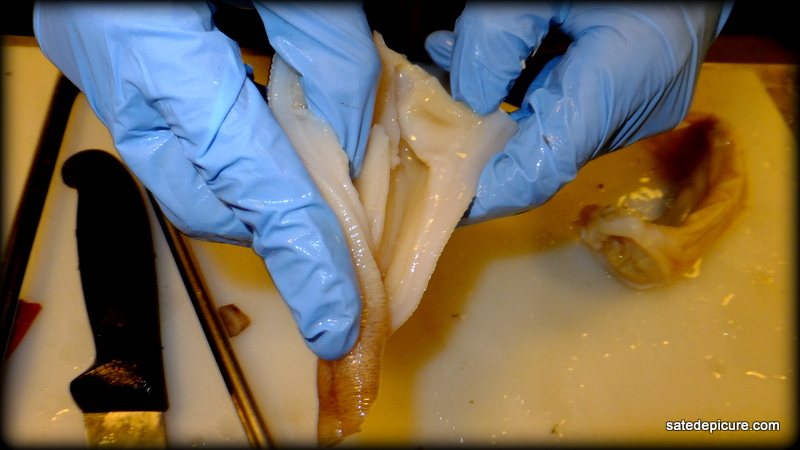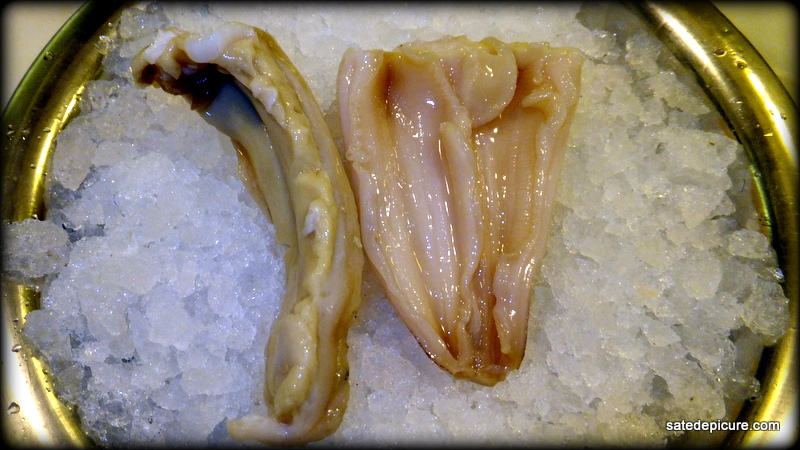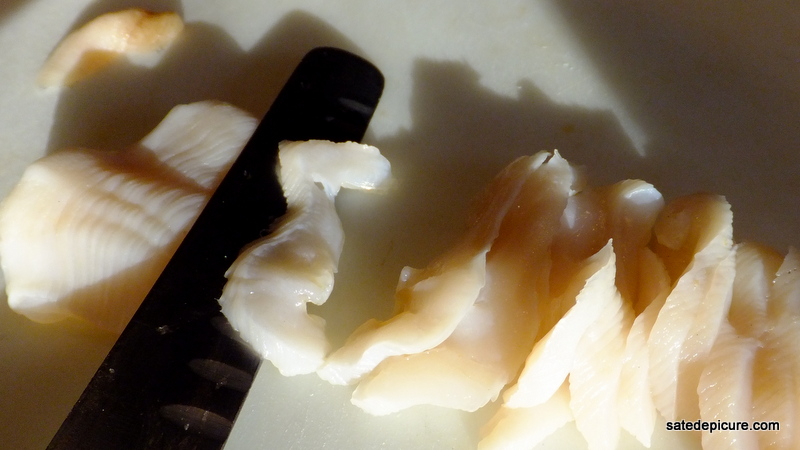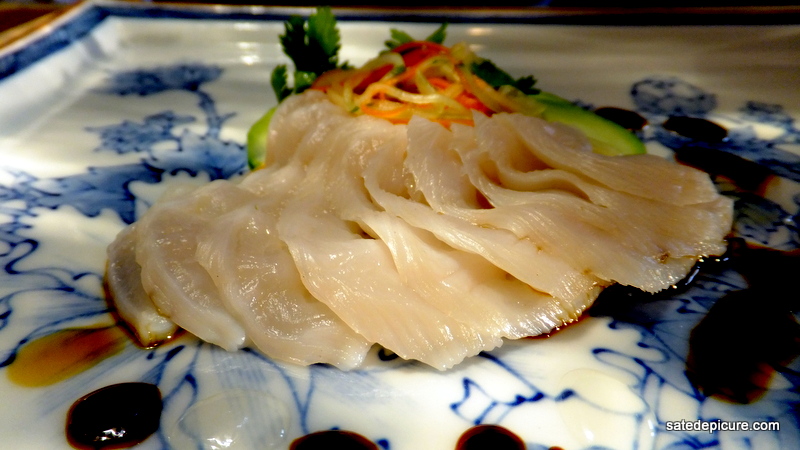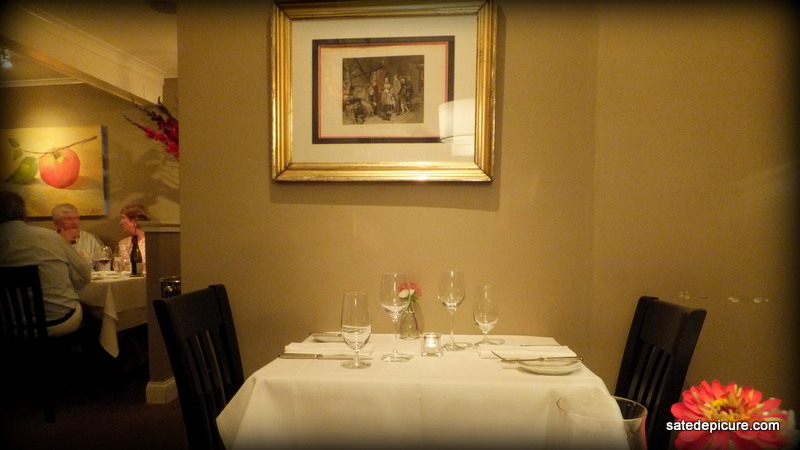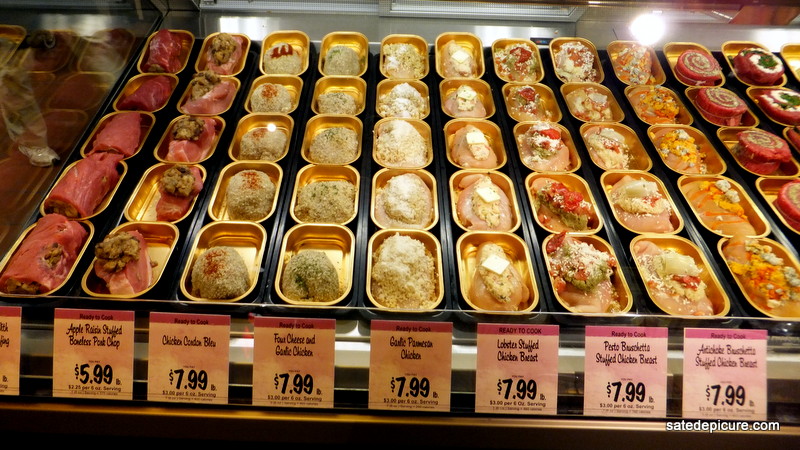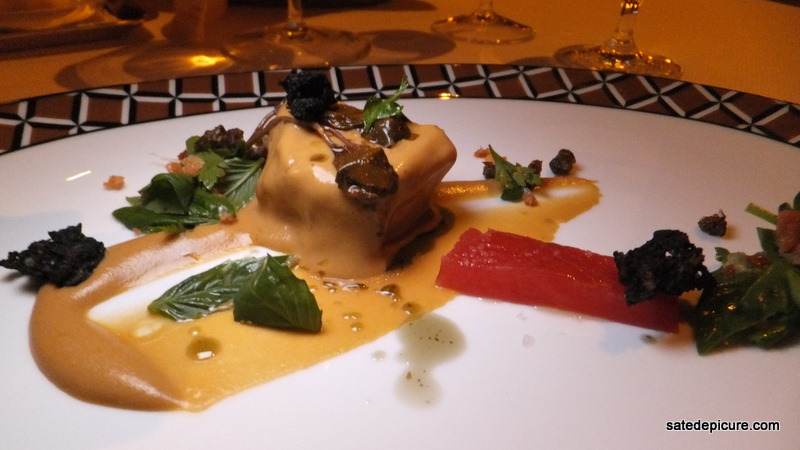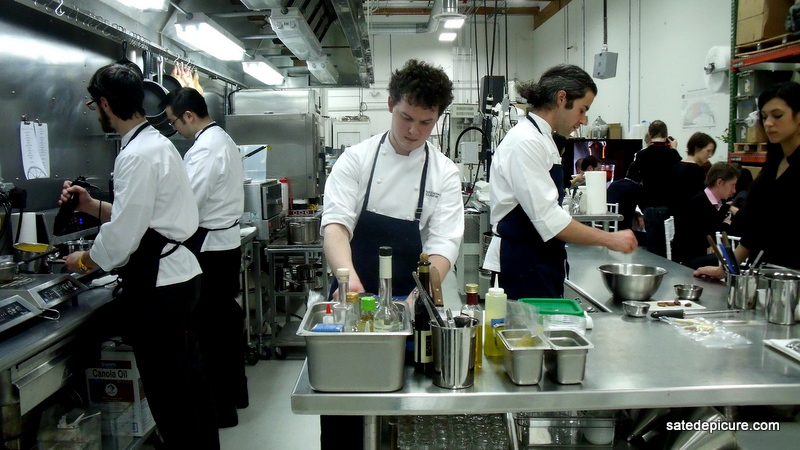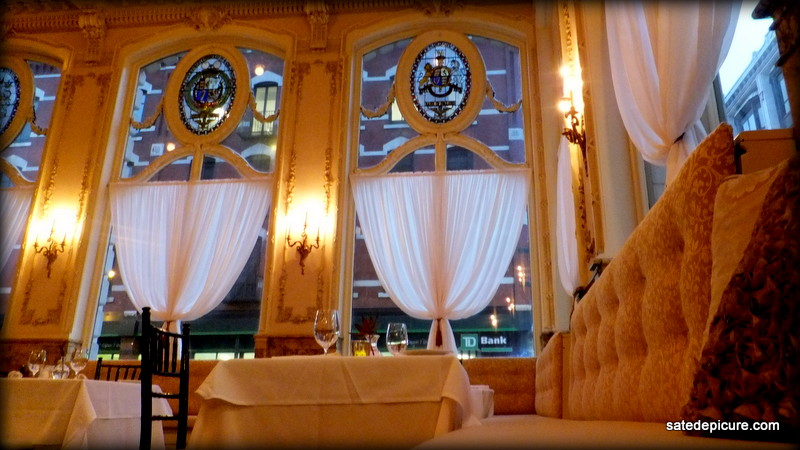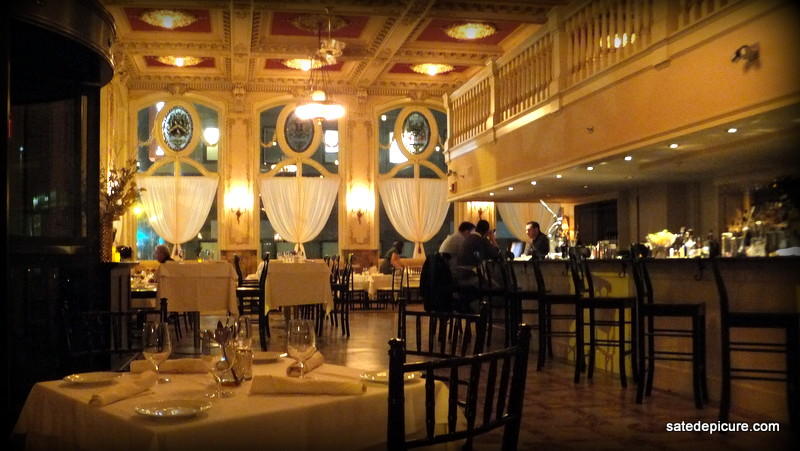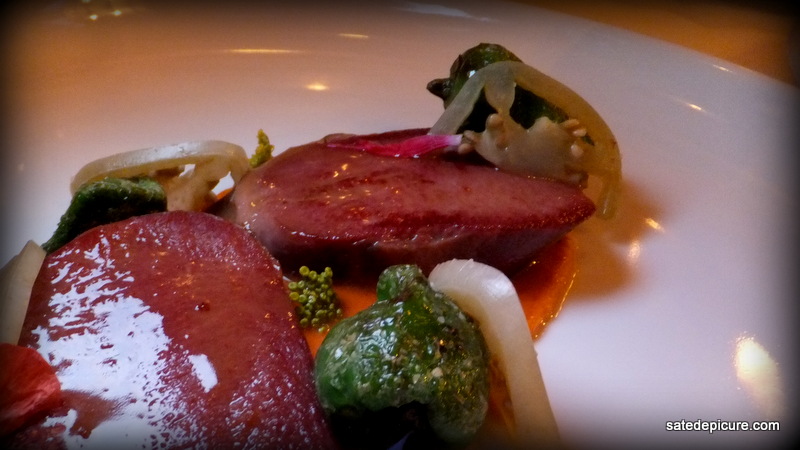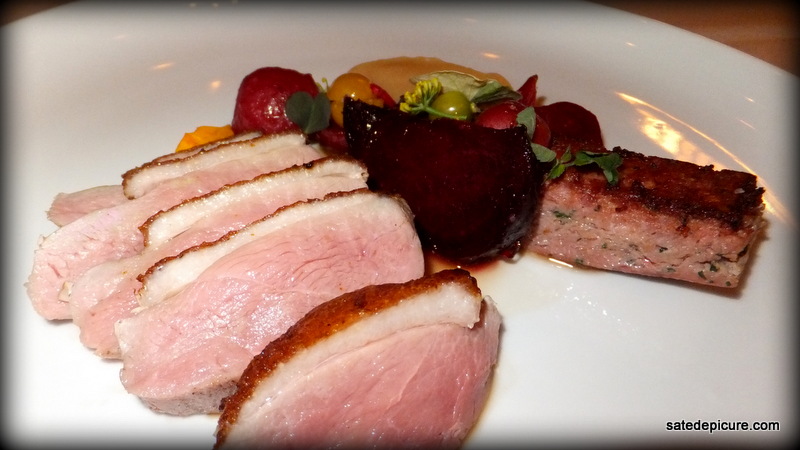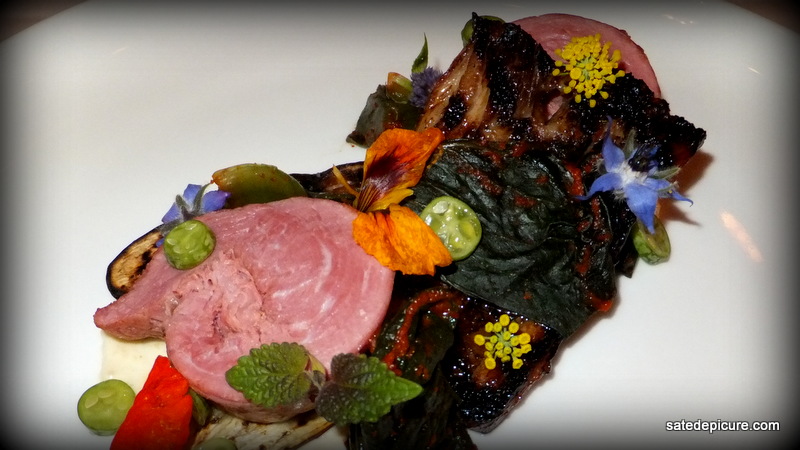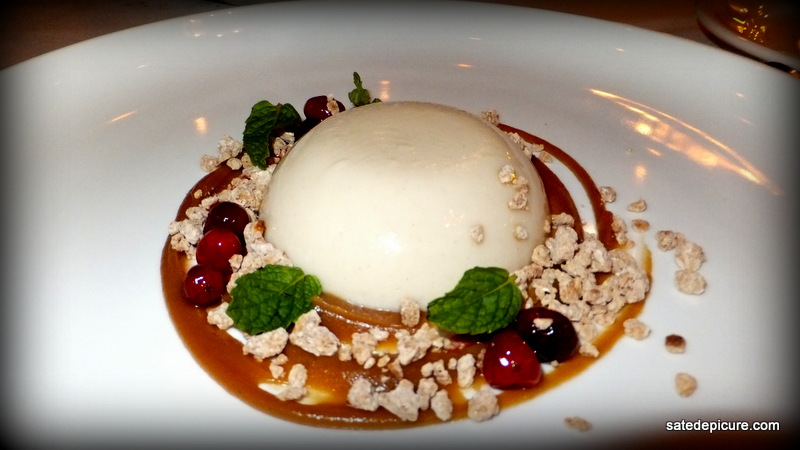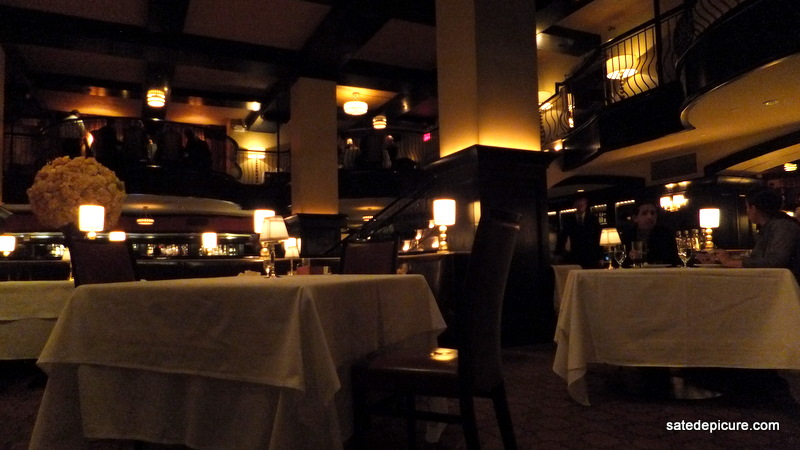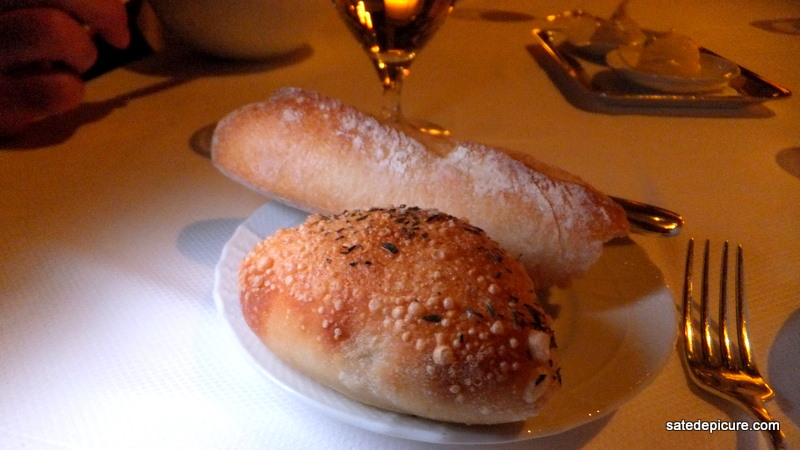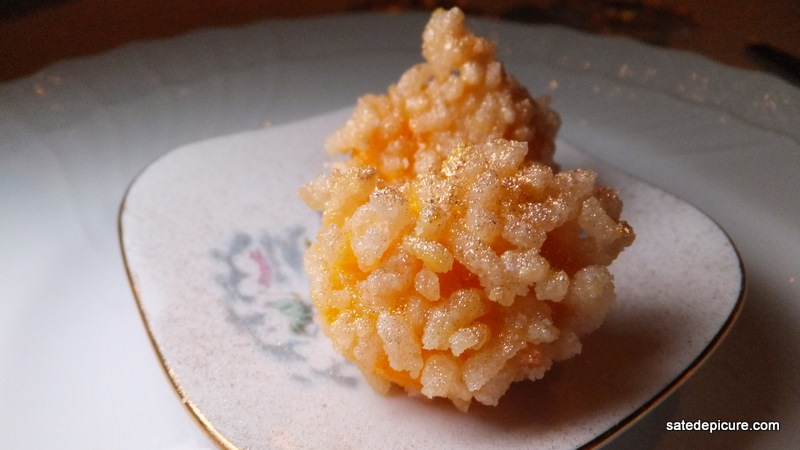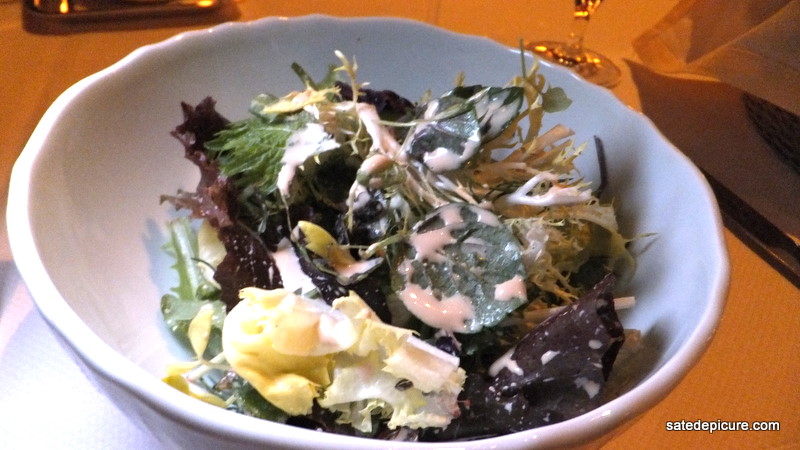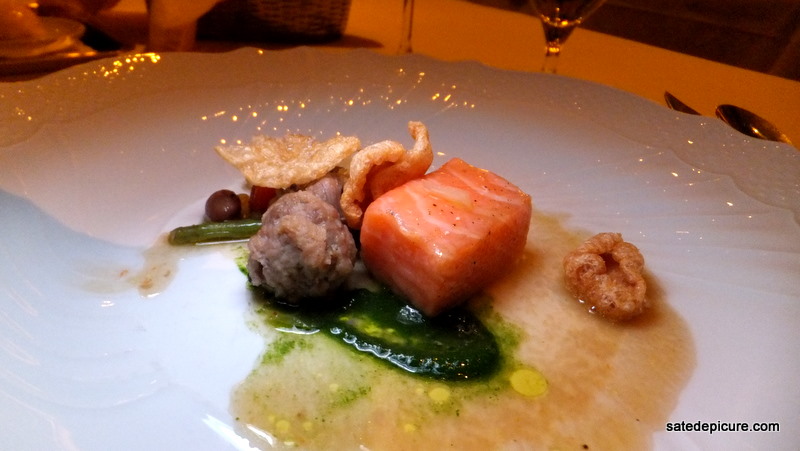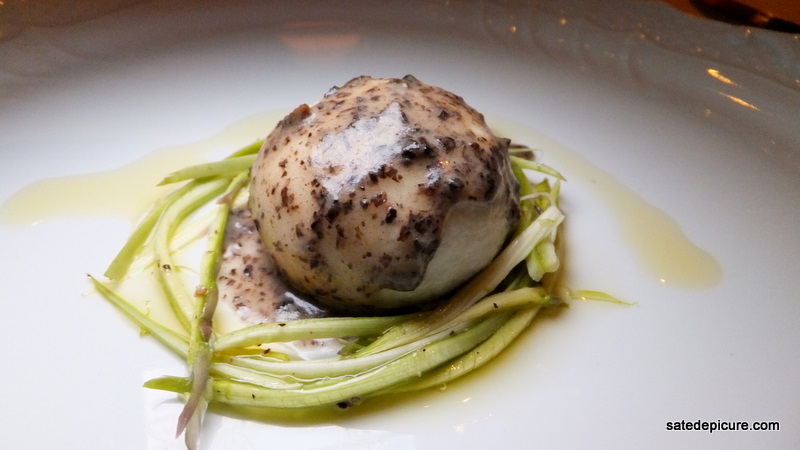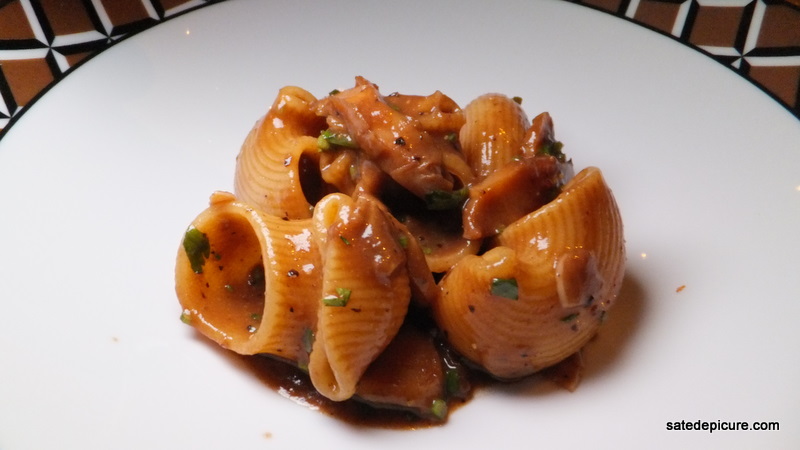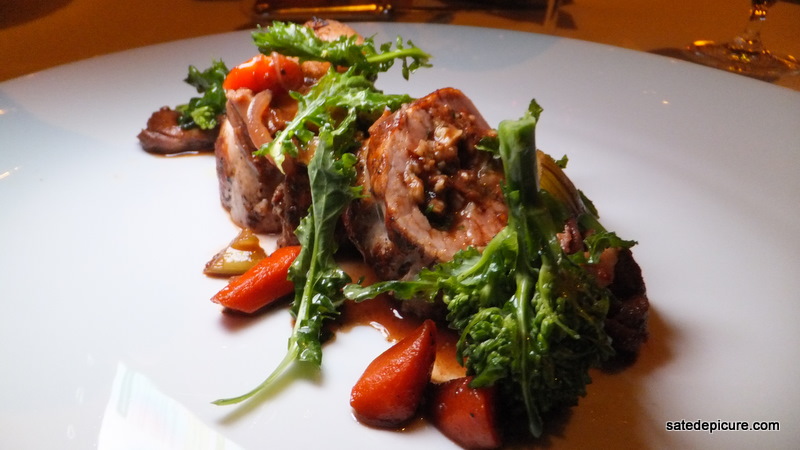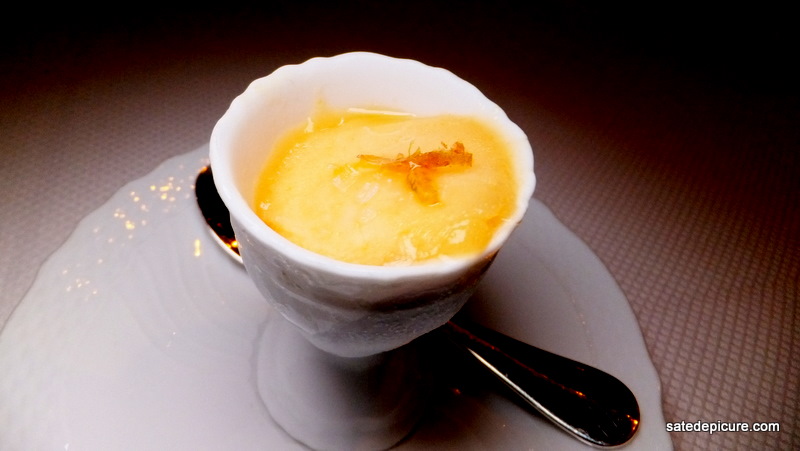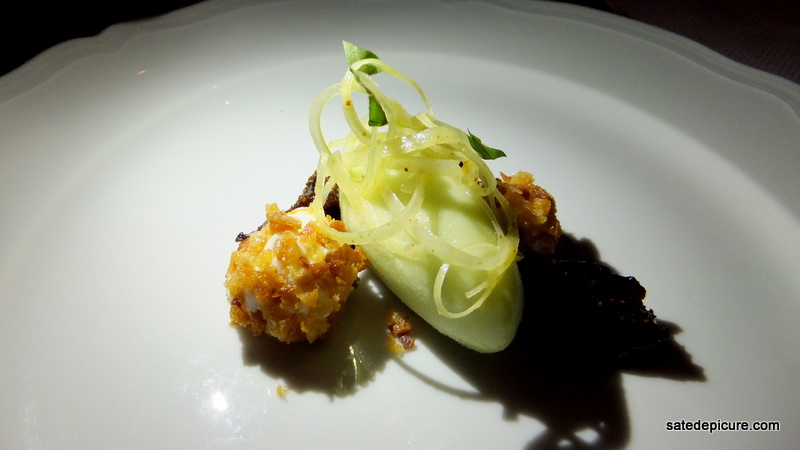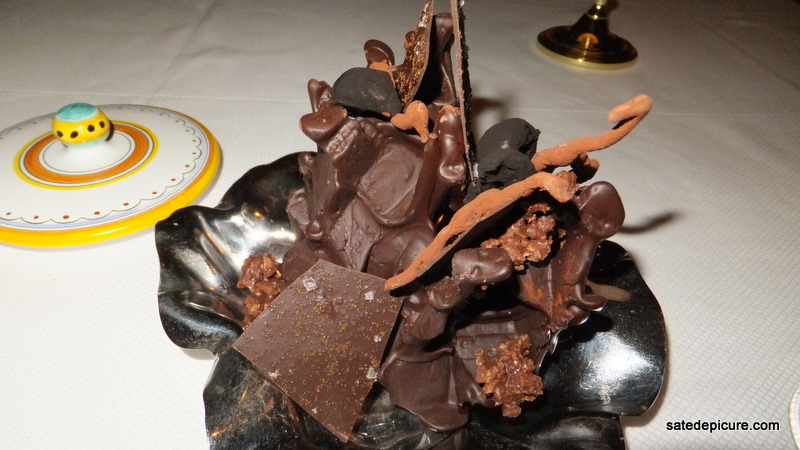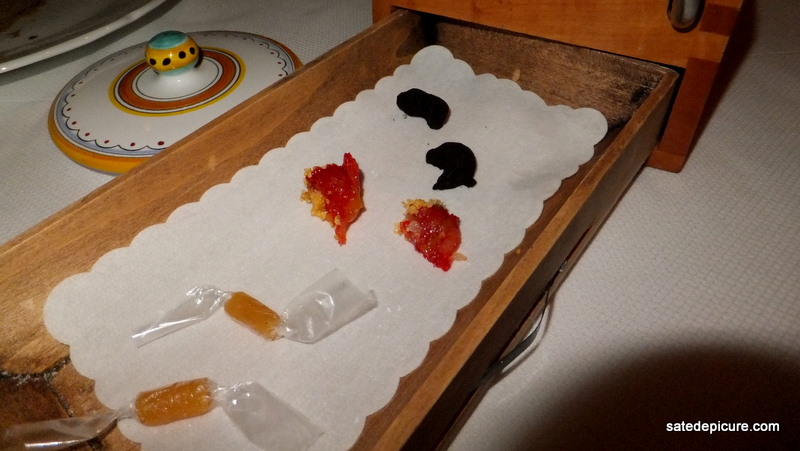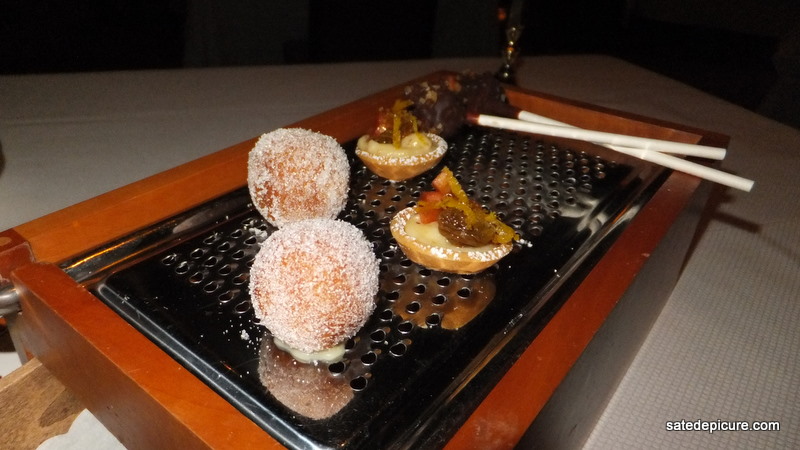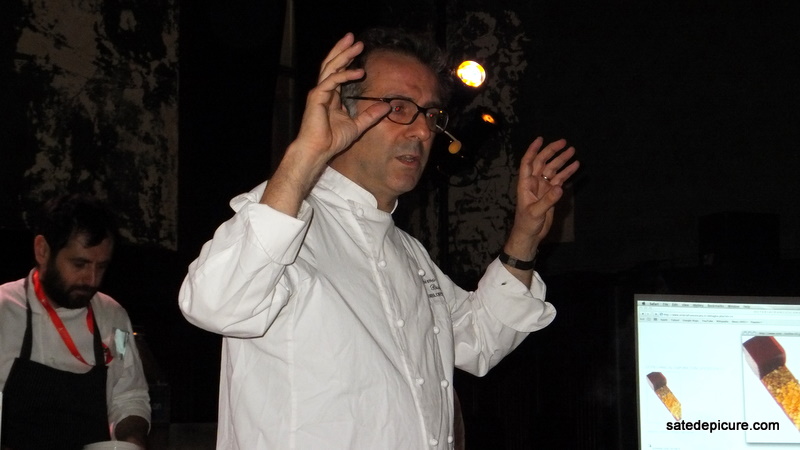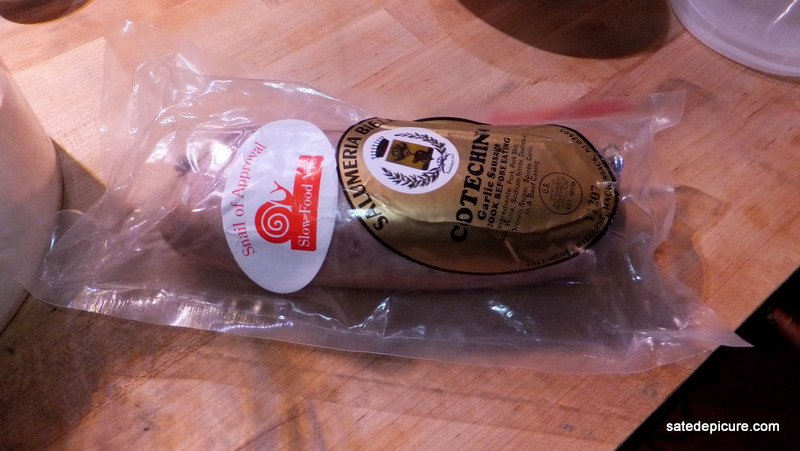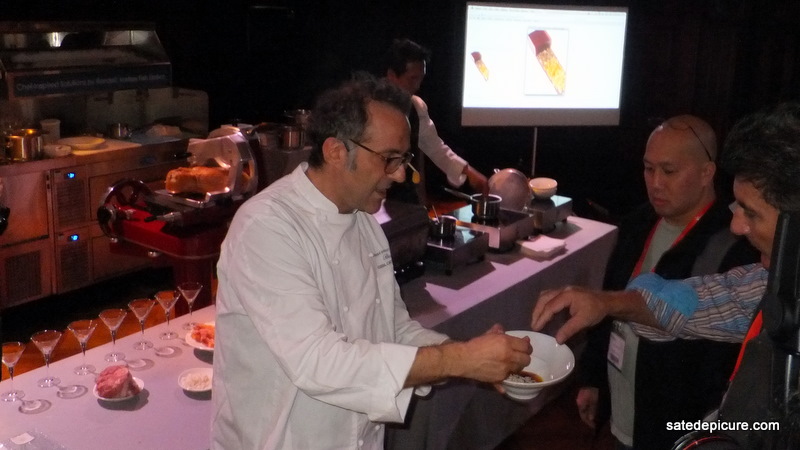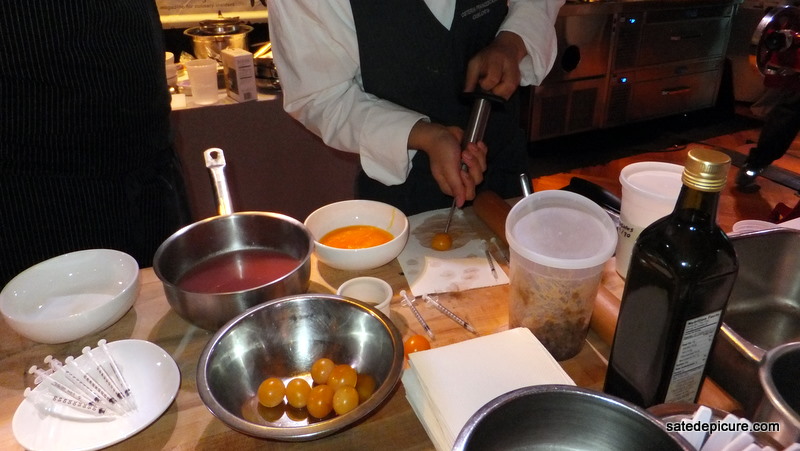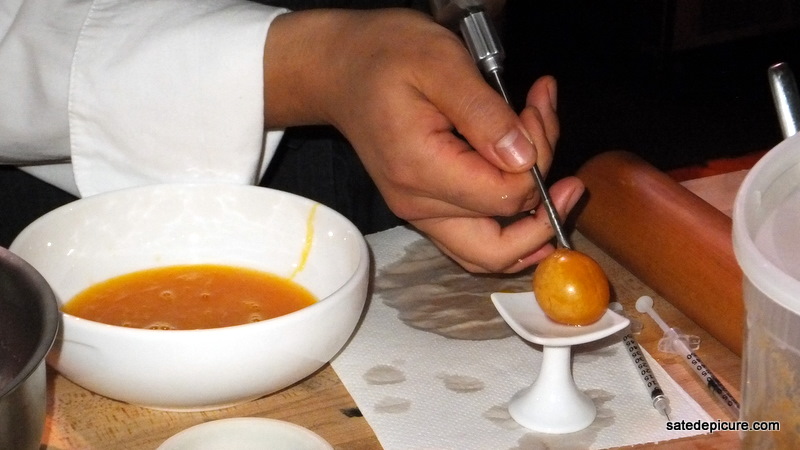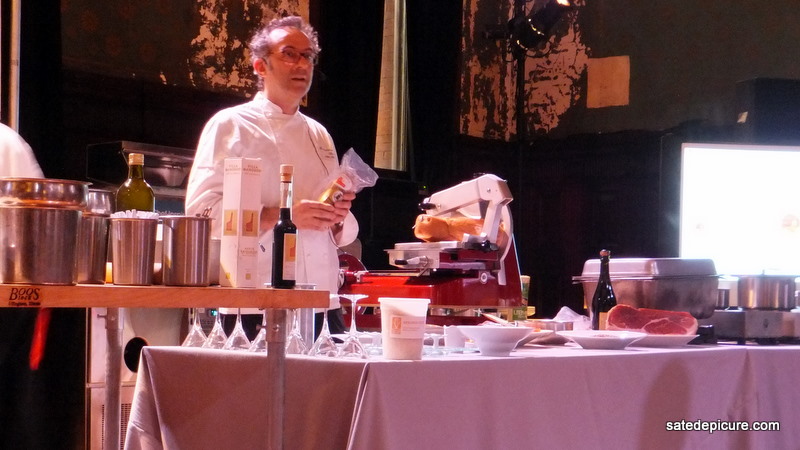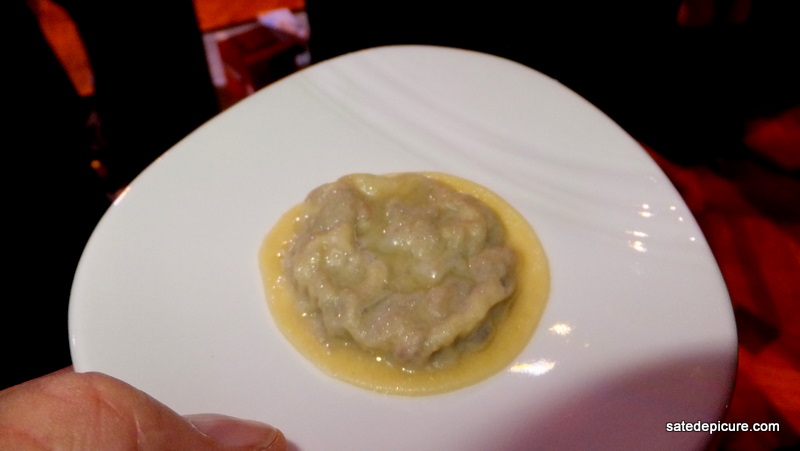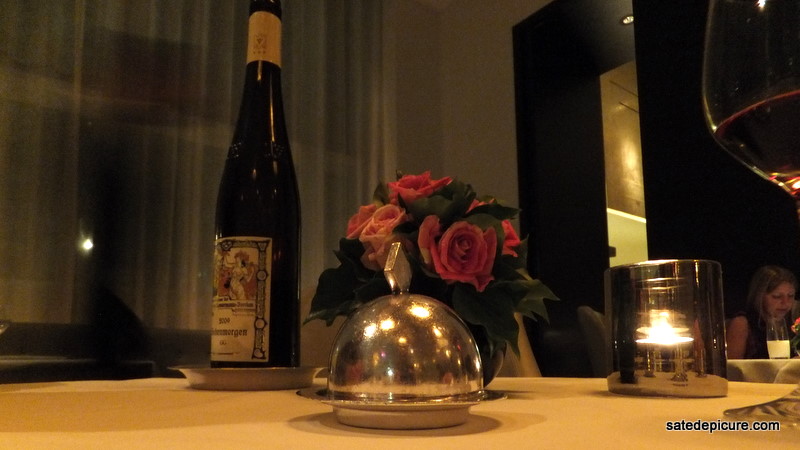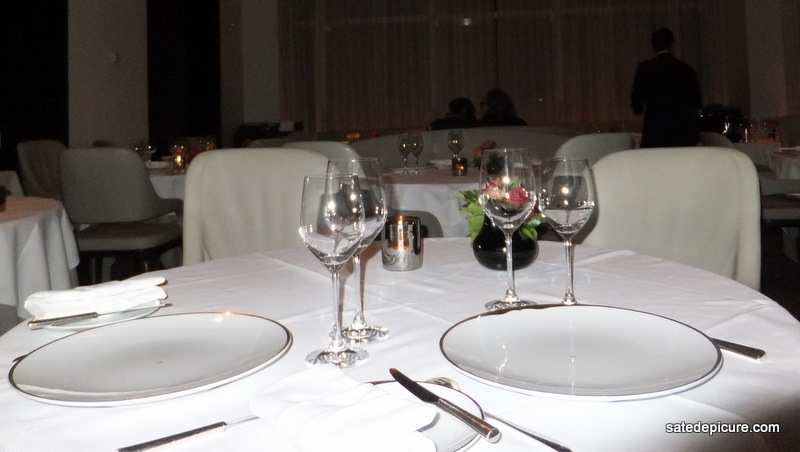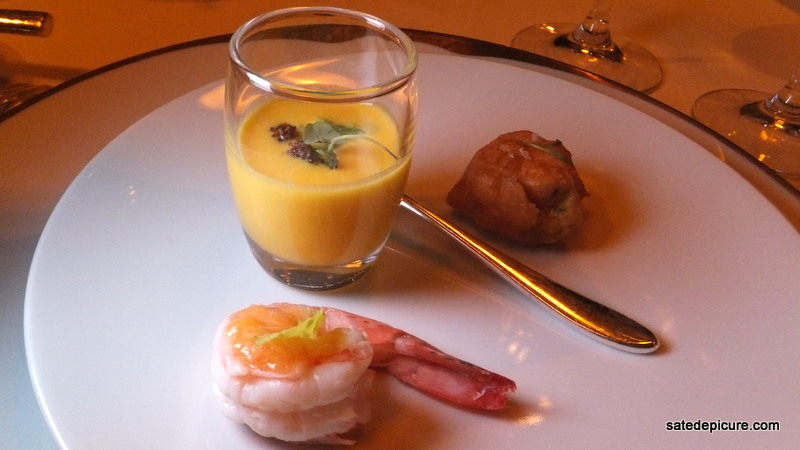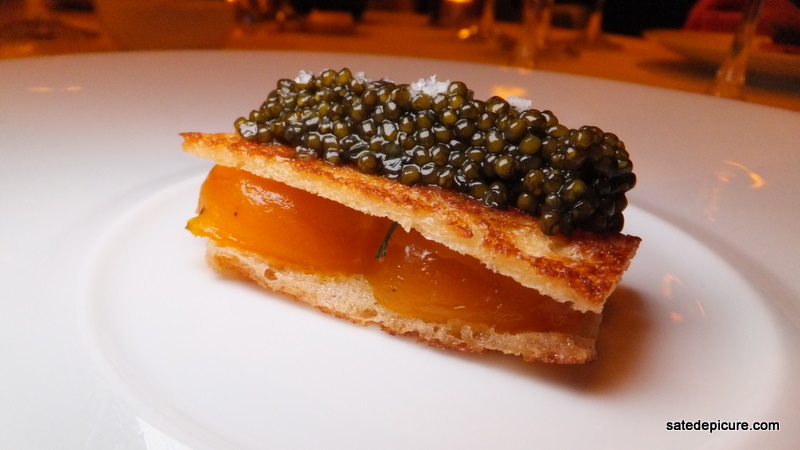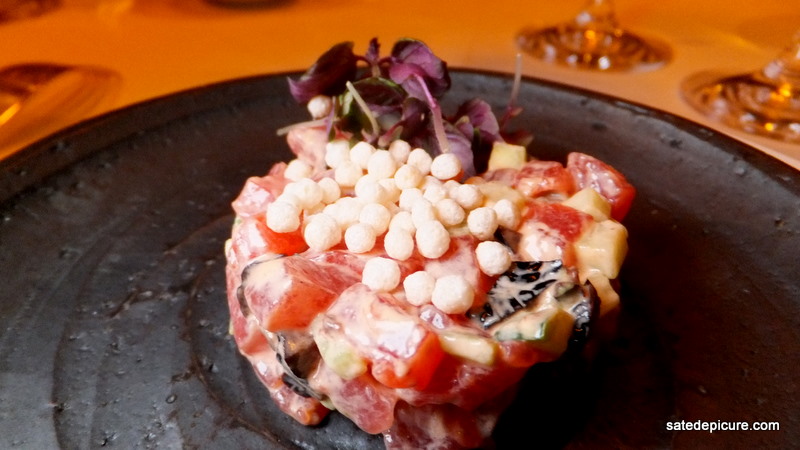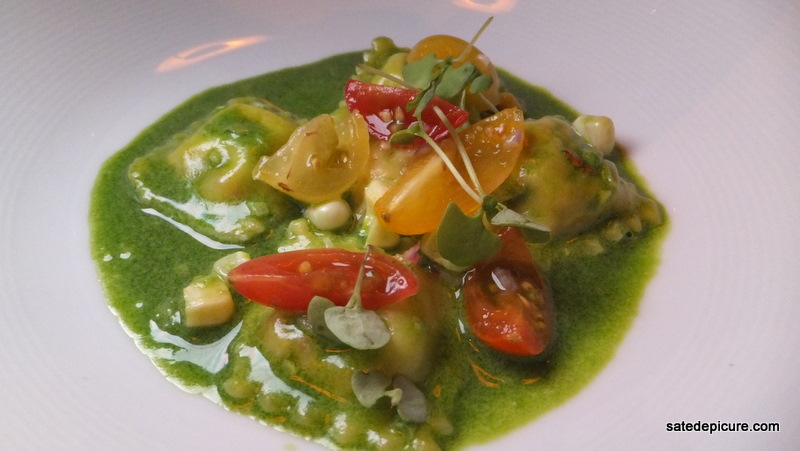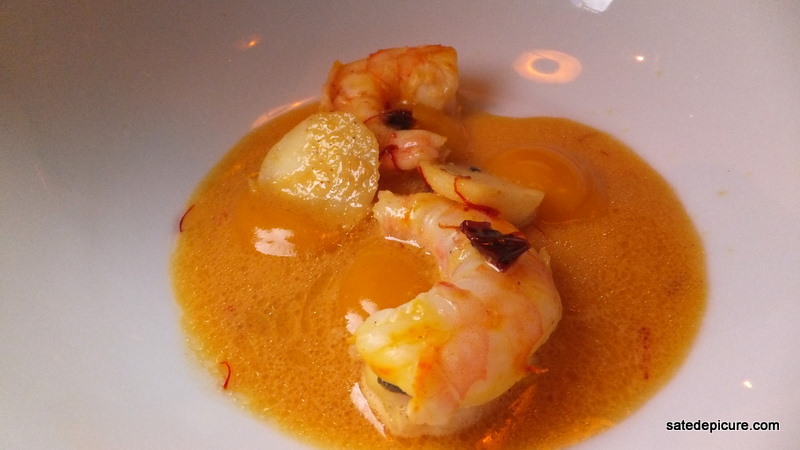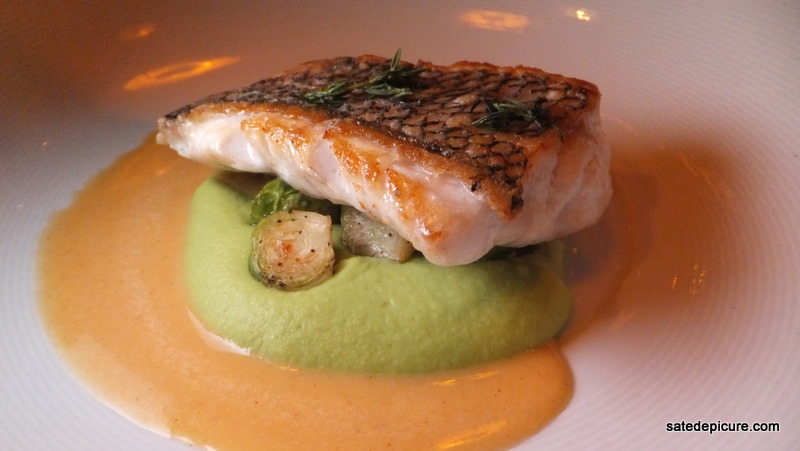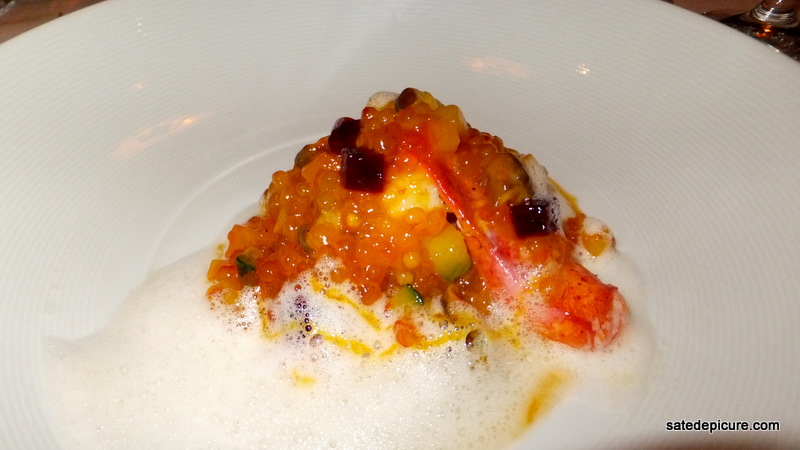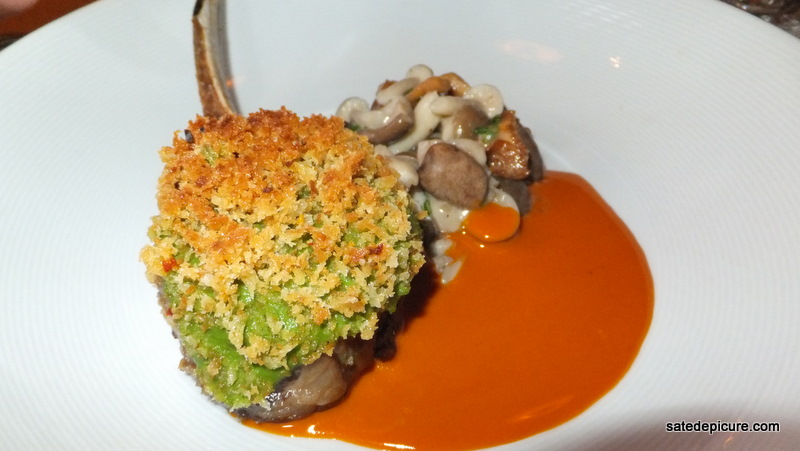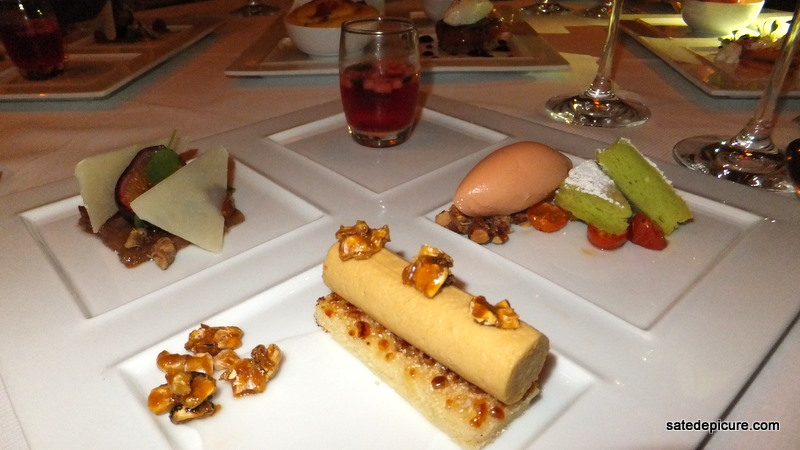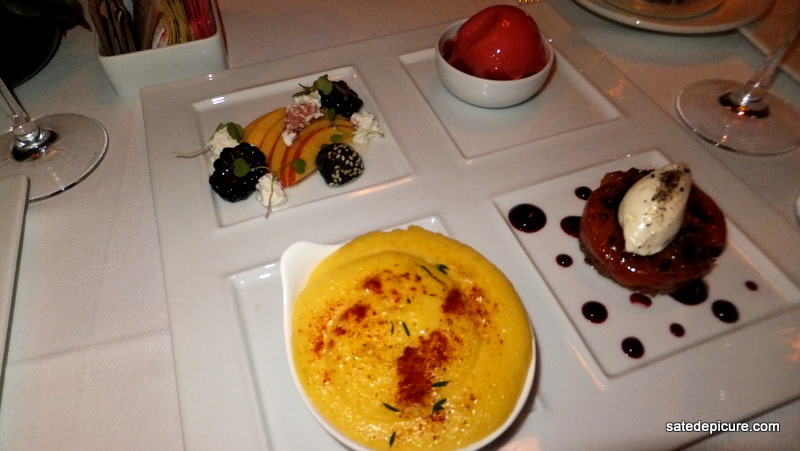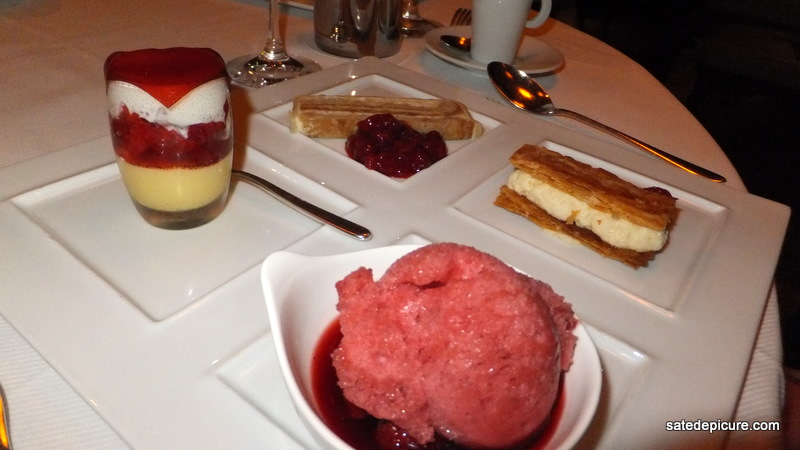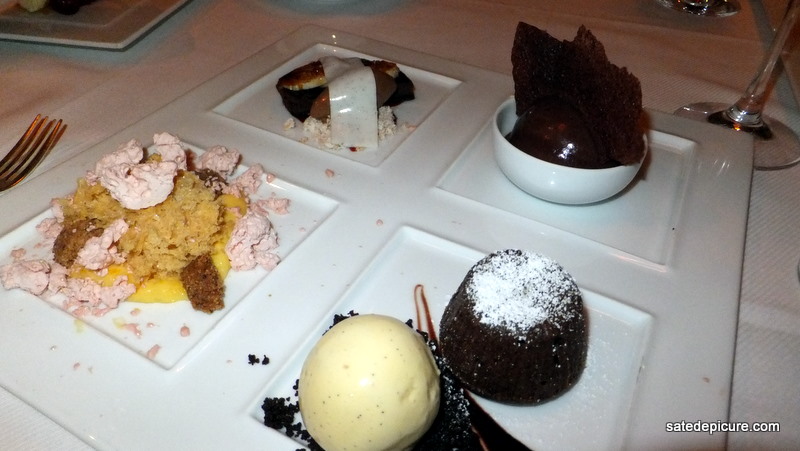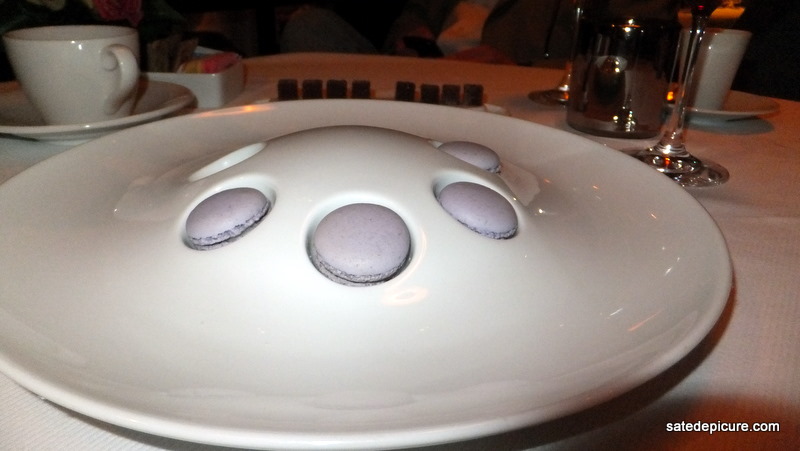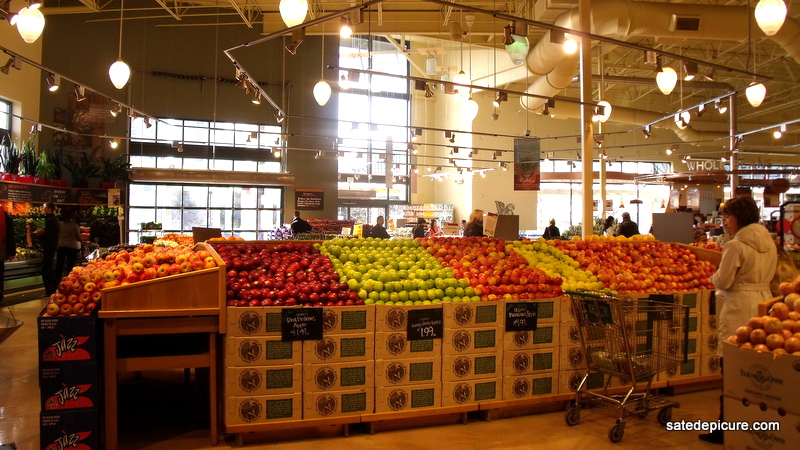
Over the past twelve months I’ve had the privilege of visiting and studying dozens of supermarkets throughout the country during my travels. From the Market Basket in Chelsea Massachusetts to the Piggly Wiggly in Enterprise Alabama to the Safeway just up from the embarcadero in San Francisco I have visited a range of markets in some delightful and less than desirable destinations. It is clear that geographic and demographic factors highly influence the quality and types of food sold. Locations with a solid middle and upper-class customer base attract supermarket retailers at the higher end of the scale and these higher-end markets are blurring the line between the traditional definition of a supermarket and that of a quick service restaurant. Late last winter I started to focus on these high-end supermarket retailers paying visits to national and local high-end markets whenever the opportunity presented itself. My interest includes the prepared foods department, fresh seafood, meats and produce. After a year of visits and contemplation, I offer the following power ranking of my top five high-end supermarket retailers based on the quality of prepared and fresh foods offered. To be sure, the markets listed below are massive businesses. Even the smaller regional players like Harris Teeter are billion dollar revenue generators. With $4 billion in sales and only 200 stores, Harris Teeter is roughly half the size of Wendy’s restaurant chain. And these high-end markets are just starting to flex their foodservice muscles. I can’t wait to see what 2012 brings in this fast growing and fast improving retail category.
#5 Trader Joes: Nation Wide
Trader Joe’s is fantastic and is a category leader when it comes to individually quick frozen single portion prepared entrees. The company also leads the high-end supermarket category when it comes to retailing foods with globally influenced flavors. The company stays ahead of its competition by sending buyers around the globe on an ongoing basis to explore flavors, new products and emerging food trends. What I like best: IQF individually portioned prepared meat and seafood entrees with global flavors.
#4 Whole Foods: Nation Wide
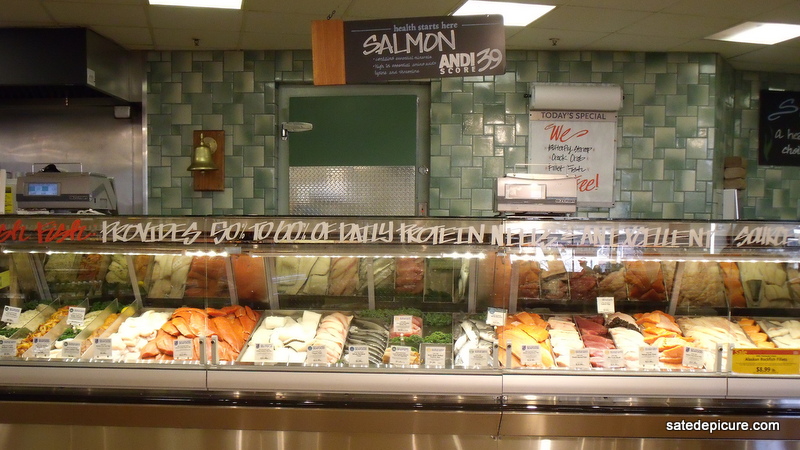
Whole Foods: The Best Fresh Fish, Natural Food Buffet
Whole Foods is the category leader in natural and organic foods and was one of the original innovators in retail to dedicate a high proportion of retail square footage to prepared foods. The range of items offered at each prepared food station and within the hot and cold buffets is excellent. If I am in the mood for quinoa or tofu, its awlays avaialble. As I travel the country and visit Whole Foods outlets in various cities the lunch hour crowd shopping the prepared foods department appears to be from a common demographic. It appears that Whole Foods attracts a certain crowd. Although I tend to purchase my natural and organic items from alternative retails who are a bit more sensible when it comes to price there is one product category that I purchase almost exclusively at Whole Foods: fresh and prepared (ready to cook) seafood. There are excellent competitors in the high-end supermarket category but none handle seafood on a national level as well as Whole Foods. What I like best: Fresh, whole skin-on salmon, arctic char or skinless boneless halibut fillets. From Bellevue Washington to Bellingham Massachusetts the fish at Wholefoods is absolutely fresh.
#3: Harris Teeter: Mid-Atlantic
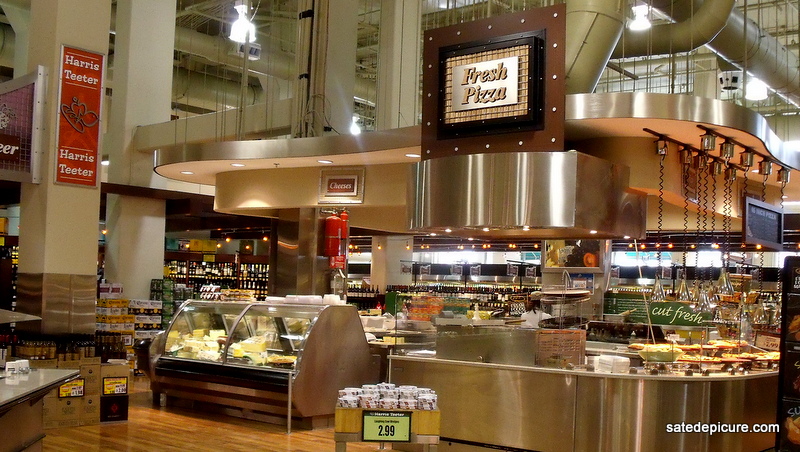
Harris Teeter: The Best Simple Scratch Food
The prepared foods, meat and seafood section at Harris Teeter was a sleeper for years until the company began to transition to higher quality back in the 1990’s. It wasn’t until I visited the new Arlington Virginia store that the full impact of Harris Teeter’s evolution really struck me. With more than 200 stores and $4 billion in sales, Harris Teeter is a regional powerhouse in the prepared foods category. Walking the Arlington store, which is surely the prototype for future outlets in affluent urban locations, it is immediately apparent that the layout and design was well thought out. The square footage dedicated to prepared foods, hot deli, salad and specialty stations is higher compared to most competitors and the layout itself is a study in good merchandising. Although outstanding in quality, Harris Teeter doesn’t menu the same range of unique high end prepared foods other competitors offer. To keep things simple I sample a slice of pizza followed by sushi. Both are freshly prepared and excellent if not simple. What I like best: the $5 one entrée two sides meal solution package, the sushi bar and fresh and prepared seafood department.
#2 Uwajimaya: Washington State
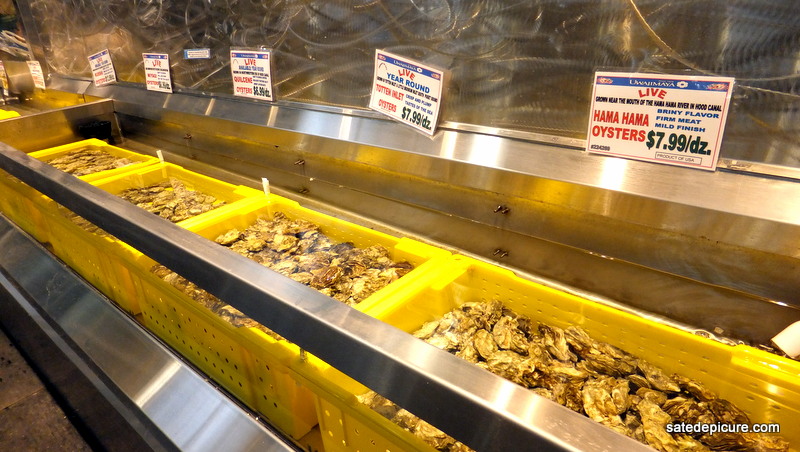
Uwajimaya: The Best Asian Prepared Foods, Fresh Shellfish
Uwajimaya is the high-end supermarket you have probably never heard of. The reason it’s included as part of my top five list is due to the quality of fresh meats and seafood and Asian prepared foods offered at each of the four outlets in Washington State. Compared to the others on this list, Uwajimaya has a smaller prepared foods footprint but the market has the finest, most extensive line of fresh seafood and Asian ingredients of any market in the country. Like smaller markets in Asian neighborhoods throughout many cities in the US and Canada, Uwajimaya has a huge tank full of live fish. However, there are very few markets (small or large) in the US that have the sophisticated salt water circulation tanks with fresh oysters and clams that Uwajimaya does. My idea of the perfect prepared food is a half dozen fresh shucked oysters and that’s exactly what I had at Uwajimaya (three Totten Inlet and three Hama Hama) and they were perfect.
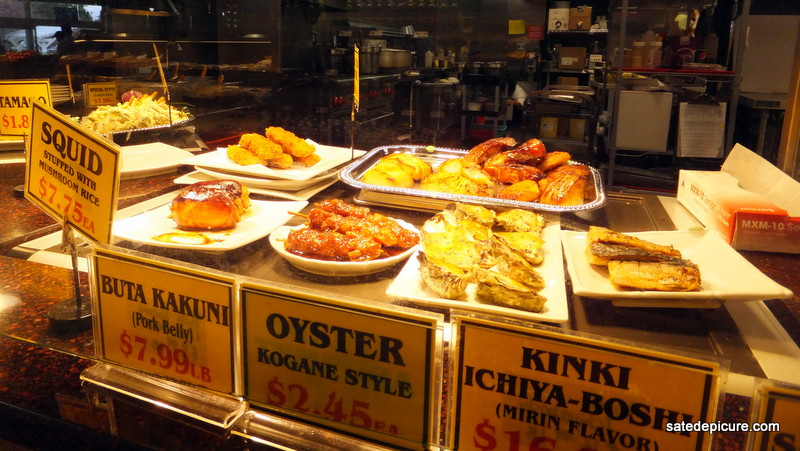
Hot Buffet
Then I wandered over to the sashimi station and bought a three ounce pack of sliced Hamachi followed by some sliced pork belly (Buta Kakuni). I love this place. The food is awesome, the fish fresher than any market in the country and the selection unique for a market of this size. What I like best: The outstanding quality of the hot prepared foods (especially the pork belly), the grab and go bento boxes, artisan fresh sashimi, and fresh-out-of-the-water oysters.
#1 Wegmans: Northeast

Wegmans: The Best Prepared Foods Departent in the Country
Wegmans earns my top spot in the high-end supermarket category for their continual innovation and improvement in prepared food quality each time a new store opens. This company is always pushing the envelope. The newer stores feature a prepared foods department (a food court really) integrated with the fresh meat and seafood departments, bakery and beverage. The massive food court includes seating for more than 100 people and each seating area has its own large screen television; find me another market with seating as nice!
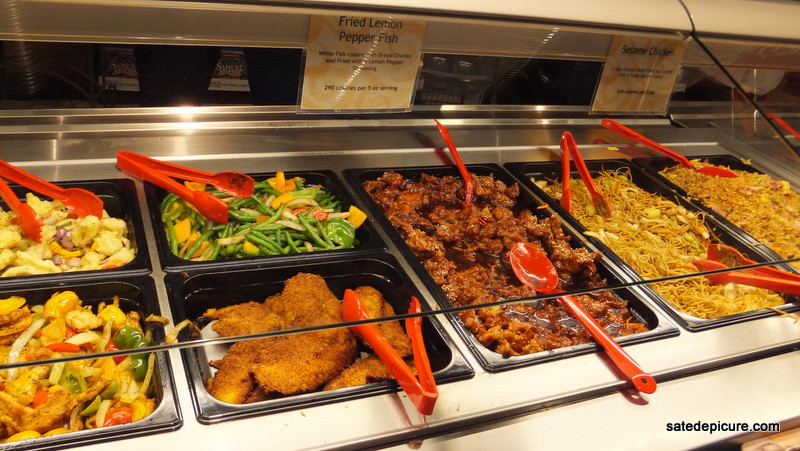
The food court features hot and cold buffets with varying themes including Asian, Vegetarian, Chicken Wings, and dim sum. Flanking the food court there’s a bakery with more than a dozen artisan breads and a twenty linear feet of fresh pastries, all prepared in the massive scratch bakery just behind the display. Wegmans has the best pastry and bread of any supermarket retailer in the country. During my last visit, the seafood crew put a whole swordfish on display right in the center of the store. Talk about fresh! Wegmans’ corporate chefs are some of the most highly qualified professionals in the industry and the product on display is a result of this talent. What I like best: the steamed pork bun, fresh prepared seafood, beef and chicken entrees, sushi, pastry and bread.
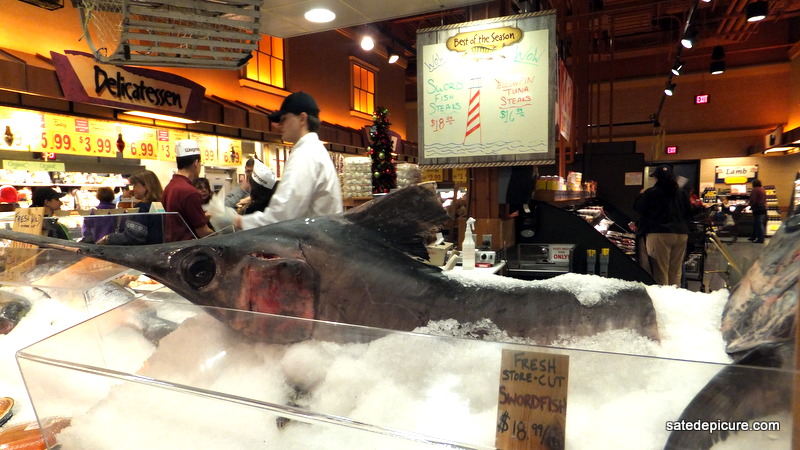
Fresh Whole Swordfish on Display

Perfect Whoopie Pie Display
